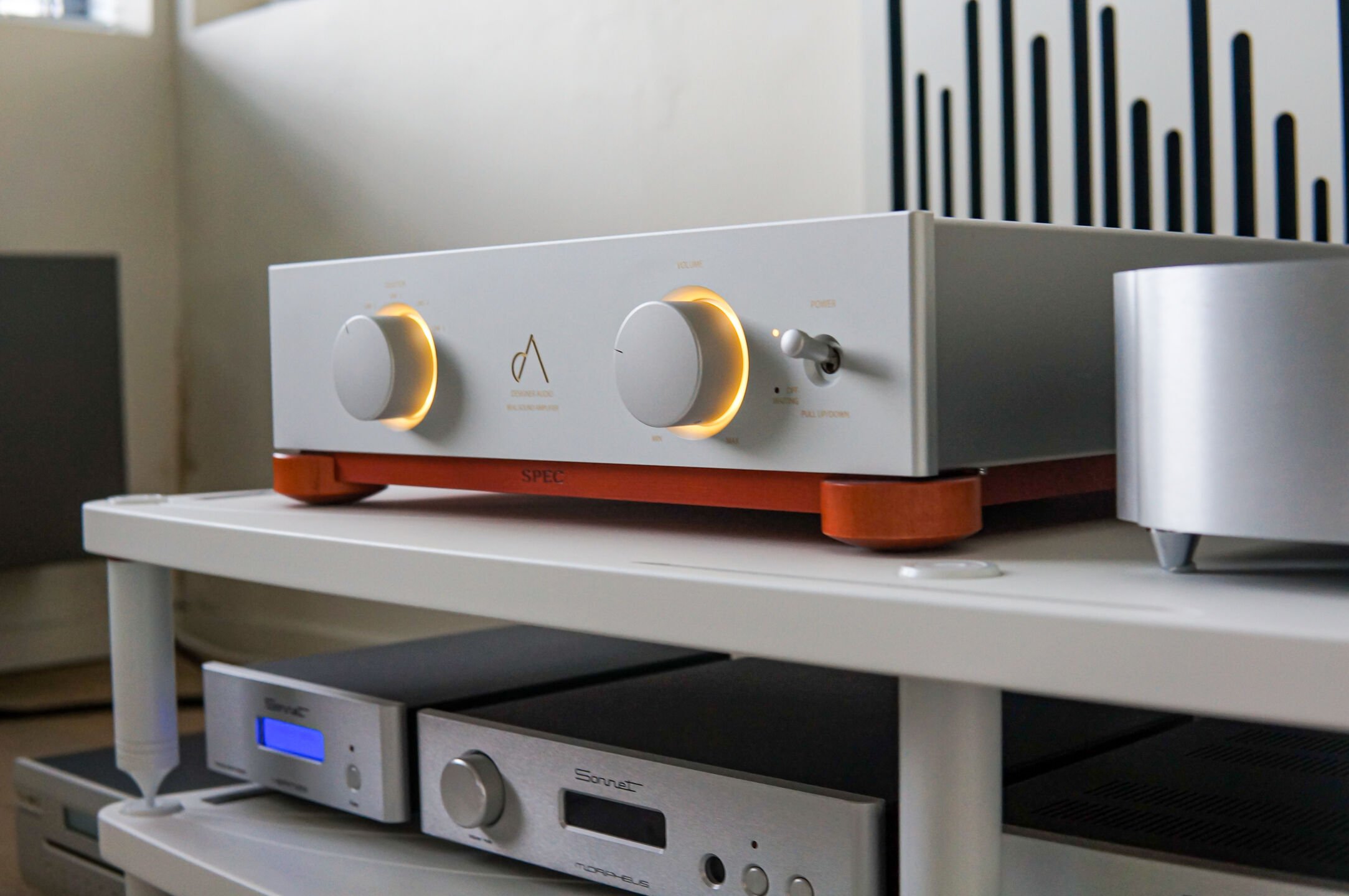

The Netherlands is the country where the cassette tape, the compact disc, bluetooth and wifi were invented. With the passing away of Lou Ottens, for many years the ‘head of inventions’ of Philips Audio and Video, we started to dive a little into the history of the country’s inventors. And that makes us quite proud!
Lou Ottens (1926-2021), the inventor of the cassette tape, recently died. Ottens worked his entire working life at Philips. The Natlab was for a long time the place where the most groundbreaking inventions were made; the compact cassette, the CD and a cutting edge video system.
Before the cassette tape, there were all kinds of forms of tape recorders. The big reel recorders we still know today and all kinds of intermediate forms. Each brand had its own format and that was difficult because pre-played sound carriers were also sold. And for that, standardization is again a must.
Ottens developed a portable cassette recorder that ‘had to fit in a coat pocket’. This is in fact the forerunner of the Walkman, which to Ottens’ great regret was made into a commercial success by Sony.
Optical
Looking through Otten’s life we see a fascinating journey through innovation in the audio and video world. As early as 1972 he was developing optical carriers (discs) for high-quality reading of audio and video. That became the Video Long Play and Audio long Play. Discs the size of a 12-inch LP that would hold 48 hours of music.
The cassette tape was introduced in 1963 at the IFA in Berlin. The success of the system was mainly due to the fact that other brands were allowed to use the technology; the patent was open and that meant worldwide distribution of the system. Otten understood that standardizing new techniques was as important as the underlying technology. Only when the formats, the playback speed, the use of the material are right is it possible to scale up.
This science led to the now famous partnership between Sony and Philips in developing a digital optical sound carrier and music player: the Compact Disc. The Redbook format (16 bits, 44.1 kHz) is still a standard for Lossless digital audio quality. In fact, Spotify is using Redbook as a quality standard for the Spotify Hi-Fi service to be launched this year .
Otten was, also in his own words, not so much the inventor as the person who ensured that inventions were ready for production and were successfully marketed. Behind every successful product there is a manager. Of course, success does not always come about. Philips’ video standard (Video 2000) lost out to the Sony and VHS systems, although everyone agreed that the Philips system was technically superior.
Billions
It is estimated that more than 100 billion cassette tapes and 200 billion CDs have been sold worldwide. Numbers to have deep respect for, because by comparison. The most streamed song in Spotify is currently listened to 2.7 billion times (Shape Of You by Ed Sheeran). In the days of cassette and CD, buyers went to a store where they listened to a number of albums and then the sound carrier was purchased and sealed (or not). All in all, a very much more complex (and costly) act than opening the Spotify app and listening to the playlist.
This brings us to two other inventions made by the Dutch that are used worldwide, including in audio. We mention Bluetooth, by Jaap Haartsen who was working at Ericsson Netherlands at the time. And Wifi (official pronunciation: wai-fi) by Vic Hayes, who worked at the electronic cash register manufacturer NCR since 1991 on a system to let cash registers talk to each other wirelessly. For both systems, much effort has gone into developing a uniform standard.












